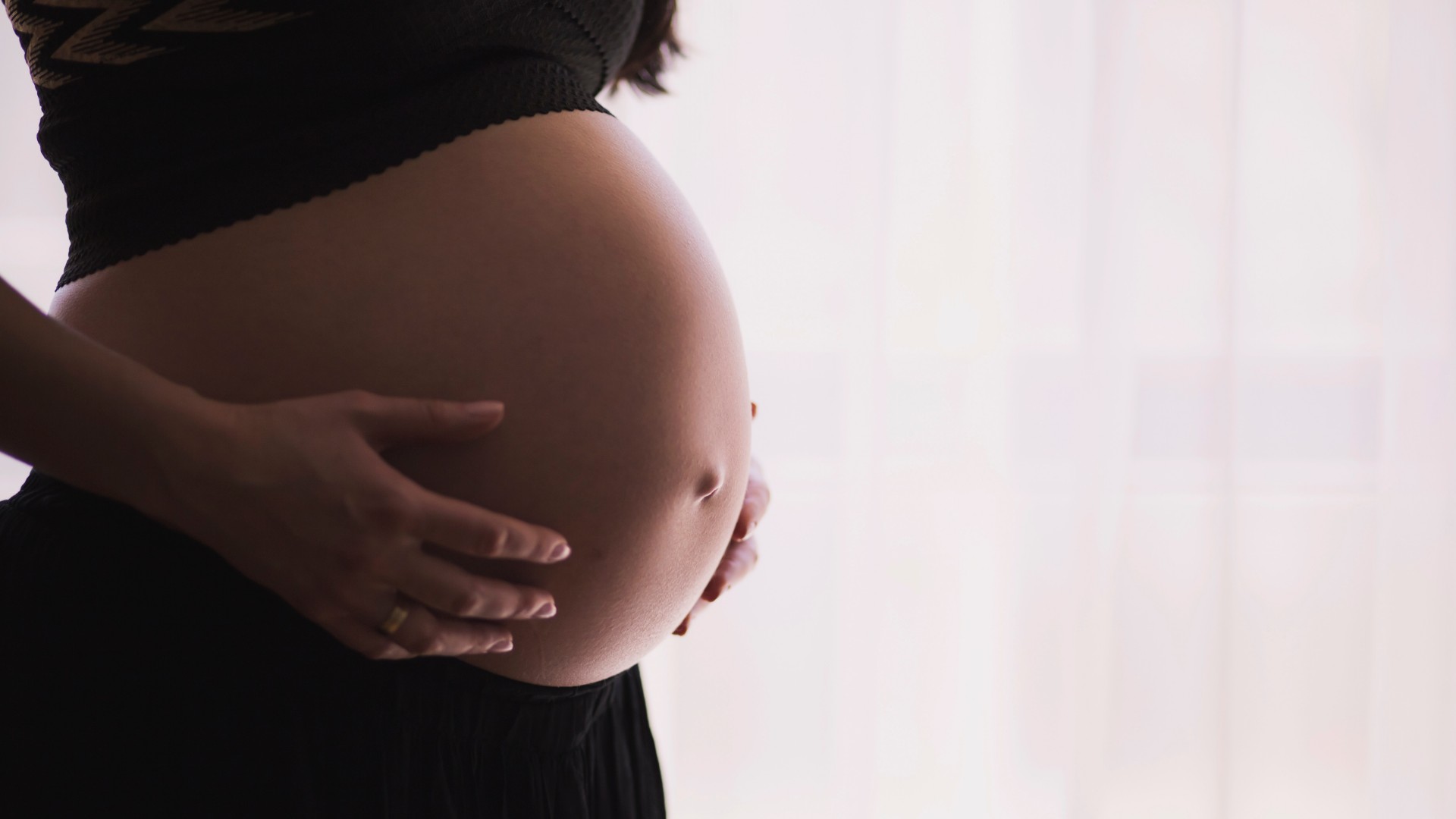Alan discusses whether or not the unborn is merely a part of the mother’s body.
Transcript
My body, my choice. That’s one of the most common defenses for abortion. The rationale goes like this: A woman has a right to do whatever she wants with her own body. Since the unborn is allegedly part of the woman’s body, she’s therefore allowed to have an abortion.
Here’s the key question: If the unborn is merely a part of the woman’s body, then what part is missing after an abortion? The answer is obvious: Nothing. All the parts of a woman are still present after an abortion. That’s because the unborn is not part of her body, but rather a separate body that lies within her.
This question of whether the unborn is merely a part of the woman’s body is a scientific question. If you look at the science of embryology, it is decisive in answering this question. There are a number of qualities and characteristics that are different about the unborn and the mother.
For example, gender. The unborn’s gender can be different than that of the mother. If the unborn is a boy, then the unborn has male genitals. Clearly, the mother does not have male genitals as part of her body, so that’s why we conclude that the unborn’s body is different than the mother’s body.
Furthermore, there’s also DNA. The unborn’s DNA, or genetic signature, is completely different and unique from the mother and from the father, for that matter. In fact, if the unborn were merely part of the mother, then his or her DNA would be identical to the mother in the same way that the mother’s colon or appendix or tonsils or eyes or teeth have the same DNA as the mother. But the unborn’s DNA is completely and uniquely different. That’s why we conclude that the unborn is a different body than the mother.
Furthermore, we have evidence from the brain. The unborn has a different brain, central nervous system, and different brain wave patterns from the mother. The unborn also has a different heart, heartbeat, blood type, and circulatory system than the mother.
In the placenta, the unborn’s blood and the mother’s blood come very close together, but they never connect, overlap, or mix. If there’s a problem in the placenta where the blood of the unborn and the mother mix, the mother’s body mounts an immune response against the unborn child’s body. Why? It’s because the mother’s body perceives the unborn as a different body, a separate being, not merely part of her body.
The mother’s immune system does not attack her own heart, her own eyes, or her own bones because they are part of her body. The mother’s body does mount an immune response against the unborn if there is a problem in the placenta because it knows that that unborn entity is a separate being unique from the mother’s body.
We also know that you can conceive the unborn outside of the mother’s body through in vitro fertilization and later on at some point in development, place that unborn child into the mother’s body. This is further evidence in that we’re not talking about the same body.
Finally, I’ll suggest that through surrogacy, you can have a child that is %100 African-American growing inside a mother who is %100 Swedish. You can have an unborn child that is a completely different race and ethnicity from the mother because again, we’re clearly talking about a different body.
So, the claim that the mother can have an abortion merely because the unborn is part of her body is simply not scientifically accurate. It flies in the face of everything we know about the science of embryology. It’s just not true.

